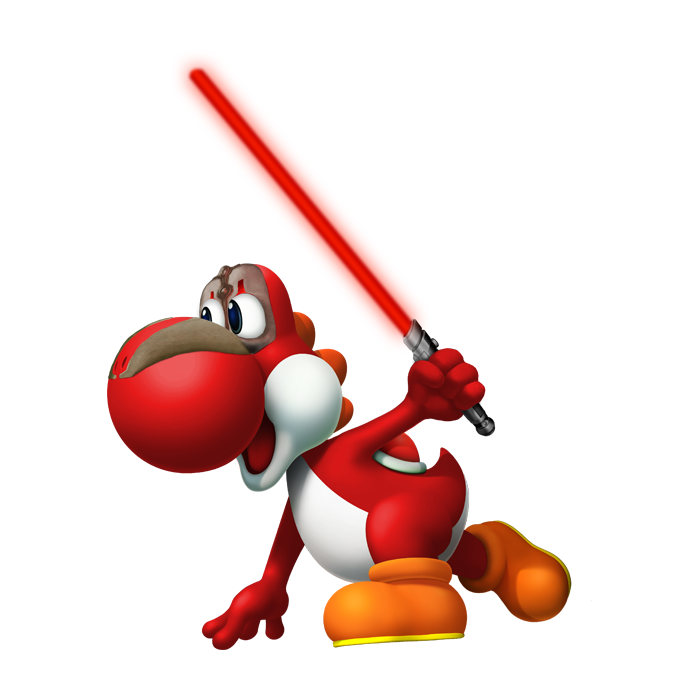

One has already been pulled, though seemingly for unrelated copyright issues?
That said, I’m surprised that things have gotten to this point, I suppose time will tell once the property holders get involved how committed Apple is to this whole change, there’s still a lot of room to interpret the clause about conforming to all laws for the content that is being run in the app.
Given that I didn’t think ANY emulators would make it into the Appstore, I’m going to retract my position. However, I think that we’re still in the “Fuck around” stage of things and there may yet be some “Find out” to come.
Happened today, and for those with governments that actually regulate (the EU) his AltStore is also up.